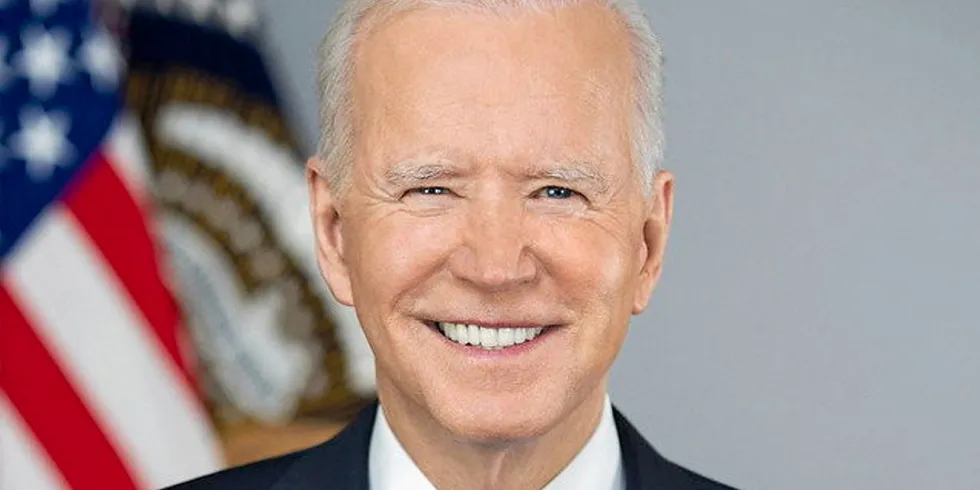Biden orders US government to run on carbon-free power by end of decade
Move will impact operation of over 350,000 buildings owned or leased by the government along with fleet of 600,000 automobiles and trucks

Move will impact operation of over 350,000 buildings owned or leased by the government along with fleet of 600,000 automobiles and trucks
